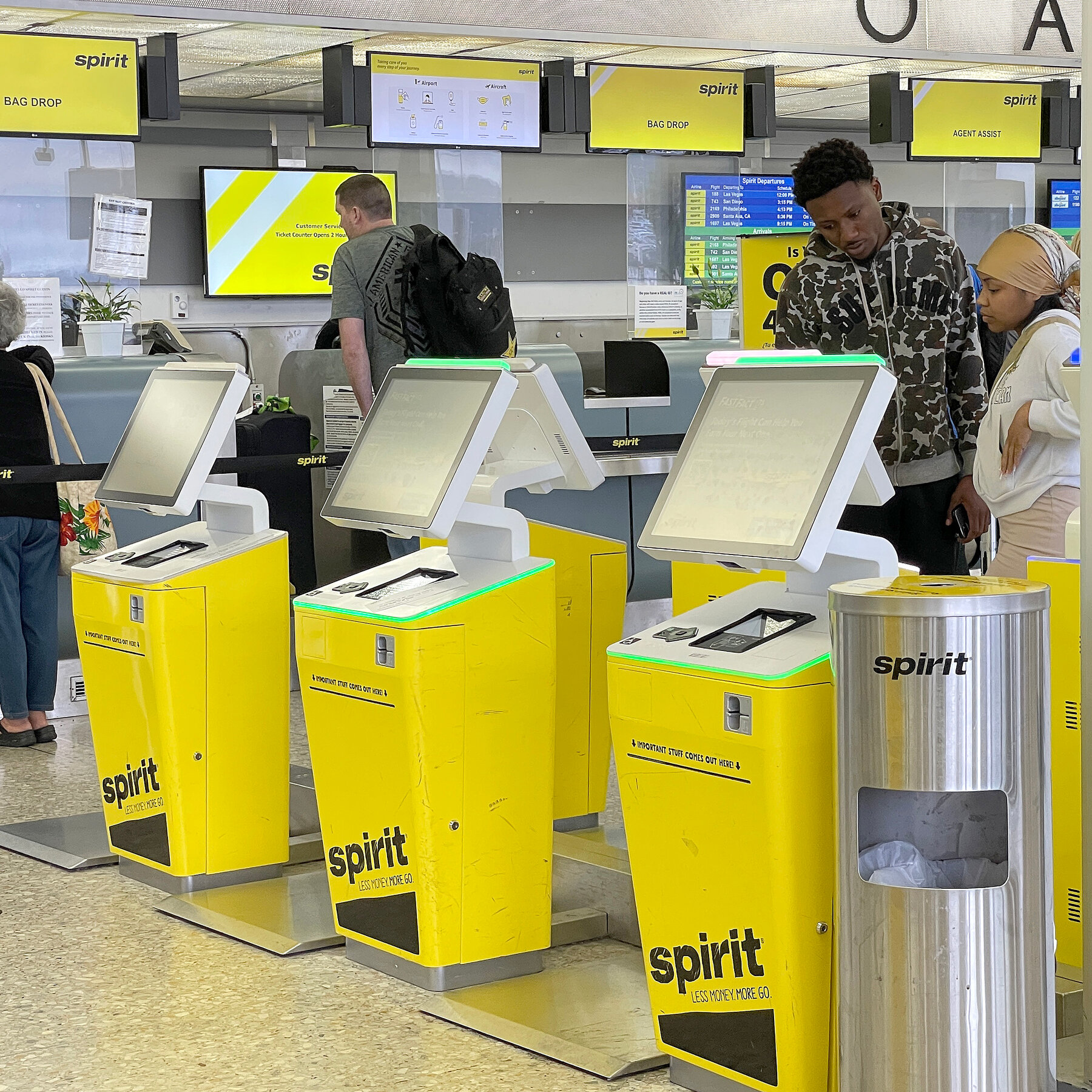Are you wondering whether FY2025 might bring better times for your business, in the wake of the Covid crisis and the economic aftershocks it’s engendered?
While it would be nice to think so, all signs suggest Australian businesses may have more tough times in store over the next 12 months.
Insolvencies are on the rise, according to the Australian Securities and Investments Commission. Its latest data, for the nine-month period from 1 July 2023 to 31 March 2024, showed 7742 companies had entered external administration; an increase of 36.2 per cent on the corresponding period the previous year.
And in early June it was revealed the country’s GDP per capita had fallen for the fifth quarter in a row – it was down by 0.4 per cent in the March quarter and 1.3 per cent for the year.
Uncertainty abounds – over interest rates, energy availability and pricing, skills shortages, supply chain continuity and which way inflation will trend in the upcoming months.
Why cash flow is king
Against this backdrop, financial resilience and liquidity are critical, for enterprises that hope to stay the course until better times roll round.
That means maintaining robust cash flow, month in, month out. In its absence, a sudden change in conditions can leave an organisation struggling to meet its immediate financial obligations. Should that occur, accessing external funding to tide things over – assuming it’s able to be obtained – can fast become a necessity. The associated borrowing costs will, in turn, put a dent in profits – something businesses operating on tight margins can ill afford.
Lack of access to ready cash can also make it impossible to take advantage of new business opportunities; thereby shutting off potential avenues for profitable diversification and expansion.
Understanding where the enterprise is at
Financial challenges can be further exacerbated by lack of transparency around cash flow.
When conditions are volatile or uncertain, decision makers need information on their organisation’s financial position – and they need that information to be accurate, complete and up to date.
The majority of senior leaders aren’t confident that’s the sort of data they’re receiving. Only two per cent of C-suite executives and senior finance and admin leaders are fully confident in their organisation’s cash flow transparency, according to BlackLine’s most recent global survey.
Some leaders are concerned that relevant data may be omitted – a not uncommon occurrence when information is captured and stored in multiple different systems. Others are aware that manual processes can give rise to errors that won’t necessarily be detected until the books are balanced, weeks or months down the track.
Exploring the automation advantage
Fortunately, help is at hand, for organisations that are willing to say goodbye to their legacy platforms and processes. Implementing finance automation technology makes it possible to streamline activities, obtain real time insights and make data driven decisions to optimise cash flow.
Rather than using spreadsheets and manual processes, a rules engine can be used to automate repetitive tasks, such as matching invoices to purchase orders and completing intercompany reconciliations.
Businesses that have gone down this route have reduced manual processing by 85 per cent while simultaneously slashing their error rate to virtually nil.
Typically, the time they’re saving is being spent on higher value activities, such as utilising data analytics tools to generate the business intelligence decision makers need to drive their enterprises forward.
Dealing with debtors more efficiently
Meanwhile, automating the accounts receivable function allows businesses to maintain an up-to-the-minute view of their debtors ledger and make short work of formerly protracted and labour intensive dunning and collections processes.
Businesses that have made the switch have reduced unapplied cash by up to 99 per cent on average and had an average reduction of manual effort of 85 per cent, according to latest BlackLine research.
Accelerating the point at which cash comes in, even if it’s by a matter of a few days, can make a significant difference to cash flow and the balance sheet. In some circumstances, it can save an enterprise from ruin or prevent it from trading insolvently.
Strengthening your position in FY2025
The economic volatility we’ve experienced in recent times has been a test for businesses of all stripes and sizes and there’s every likelihood the new financial year has its own share of shocks in store.
Optimising cash flow will help you address them from a position of strength. That’s why deploying finance automation technology is one of the smartest moves your organisation can make.
Keep up to date with our stories on LinkedIn, Twitter, Facebook and Instagram.
When conditions are challenging, complacency is dangerous. Expert, Cashflow Dynamic Business










